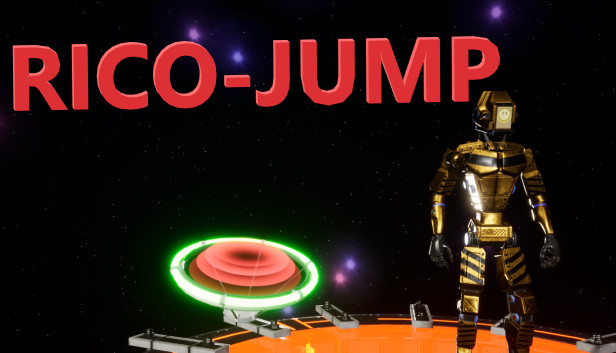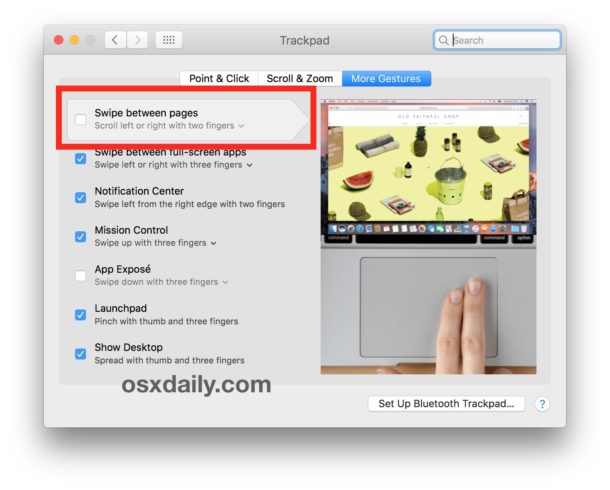Jump, Push, Match Mac OS
If you succeed in downloading the OS installation, your next step is to create a bootable USB or DVD and then reinstall the OS on your computer. How to download older Mac OS X versions via the App Store. If you once had purchased an old version of Mac OS X from the App Store, open it and go to the Purchased tab. Now, when you run the application, the 64 character push string will be logged to the console. With the SSL certificate and private key in the keychain and the device token on the pasteboard, you're ready to send some push notifications. Let's start by sending a notification using the Pusher app for Mac OS X. Open the Pusher. The history of macOS, Apple's current Mac operating system originally named Mac OS X until 2012 and then OS X until 2016, began with the company's project to replace its 'classic' Mac OS.That system, up to and including its final release Mac OS 9, was a direct descendant of the operating system Apple had used in its Macintosh computers since their introduction in 1984.
Home > Articles > Apple > Operating Systems
␡- All those icons in the Dock
Key Stats: Mac Jones completed 77.4% of his passes for 4,500 yards with 41 touchdowns and only four interceptions.Pro Football Focus graded his 2020 as the highest of any quarterback in this -. The Mac actually has several Show Desktop keyboard shortcuts in Mac OS and Mac OS X, and for Macs that are equipped with a Trackpad, there is an easy to use gesture to show the desktop as well. Let’s review the keyboard shortcut options for showing the desktop on the Mac.
This chapter is from the book
This chapter is from the book
In this chapter
- All those icons in the Dock
- Display item names
- The tiny black triangle
- Resize the Dock
- Remove an item from the Dock
- Rearrange items in the Dock
- Put an item in the Dock
- Magnify the icons in the Dock
- Reposition the Dock
- When a Dock item jumps up and down
- Also Try This
- Remember
The Dock is that strip of icons across the bottom of your screen, and you'll find it to be one of your most important tools. In this chapter you'll experiment with using the Dock, adding icons to it and takings icons out, resizing it, and more.
All those icons in the Dock
Below is a description of each icon that is probably in your Dock when you first turn on a new Macintosh. Don't worry if you have slightly different icons! An asterisk (*) under a number, shown below, means that icon will try to automatically connect to the Internet when you click on it.
Finder: Single-click the Finder icon when you need to open a window. If you did the exercises in Chapter 2, you are familiar with this icon and what it shows you (if you skipped those exercises, you might want to pop back to the previous chapter and run through them).
Dashboard: Widgets provide quick information at your fingertips. See pages 183–186.
Mail: This is an email application that you'll use to send and receive email (unless you use America Online, in which case you don't need Mail). If by chance you have more than one email acount (for instance, one for work and one for personal mail), Mail can check them all at the same time, and it can also send email messages from any of your accounts. See Chapter 11.
Safari: This represents the software called a browser. It displays web pages, so this is what you'll use to surf the web (see Chapter 10). If someone tells you to “open your browser” or “open Safari,” this is what you'll click on.
iChat: With iChat you can “talk” (type) to everyone else in the world who also has the type of account that lets them chat. This chatting is done “live,” which means you are both at your computer at the same time and responding to each other, as opposed to an email message that waits in your box for you to open it. You can even have group chats. If you have a video camera attached, you can have free video conferences around the world!
Address Book: This is a little application in which you can collect and organize contact information such as names, addresses, phone and fax numbers, email, web addresses, birthdays, anniversaries, notes, and more. When you use the Mail program, you can get addresses from the Address Book and transfer them directly to an email message without having to type the address. See Chapter 11.
iTunes: With iTunes you can transfer songs from music CDs to your Mac so you can play them without having to have the CD inserted into the computer. You can burn CDs of your own collections; listen to radio stations over the Internet; and buy individual songs, entire CDs, and audio books right through the iTunes Music Store.
iPhoto: Organize your photos, clipart, drawings, illustrations, and other images in iPhoto. Separate them into “albums,” create slideshows with music, have Kodak prints of selected photos sent through the regular mail to you, and much more. Rotate photos, crop them, take out the red-eye, lighten or darken them, and more.

iMovie: If you have a digital video camera, you can make your own digital movies. It's much easier than you might think. My mother (who is in her 70s) is in the process of filming a comedy with her lady friends in the Napa wine country, called WSI: Wine Scene Investigation, about a wine crime in Yountville, California.
iDVD: Assemble photos and movies you have already edited into a format that can be burned to a DVD. Beautiful, professionally designed templates let you create DVD menus that provide instant access to a movie, any chapter or scene within a movie, or a slideshow.
GarageBand: Create and compose music. You can record your own musical instruments or use the included music loops to compose an original song. Powerful editing and mixing tools can add professional effects or even change instruments to voices.
Jump Push Match Mac Os Pro
iCal: Create and manage multiple, color-coded calendars of appointments, to-do lists, and important events. Set alarms for events. Automatically send and retrieve invitations for events, and, if you have a .Mac account, you can publish your iCal calendar on the Internet.
QuickTime: You won't really do anything with QuickTime, but movies will automatically open themselves in QuickTime and play.

System Preferences: The Mac lets you customize many of its features. For instance, you can change the picture on your Desktop, adjust your mouse, change the time zone, and more. See page 170.
Jump Push Match Mac Os Download
Dividing line: Everything you see to the left of this dividing line is an icon representing an application, or program, that you use to do things with. On the right side, you can put your own folders, documents, web site addresses, and other things. And of course the Trash is on the right side.
Web site link: This particular link that is already in your Dock goes to Apple's web site. You can add your own favorite links.
Trash: Any file you don't want anymore you can just drag to the Trash. See Chapter 8.
To learn to useiChat, iTunes, iPhoto, iMovie, iDVD, GarageBand,andiCal,please see the book from Peachpit called Robin Williams Cool Mac Apps, second edition, by John Tollett with a little help from me. It has step-by-step directions for using these great applications.
There may be reasons not to boot from flash often.Jump Push Match Mac Os 11
I'm a switcher, and I remember looking up how to boot from USB if the bios supports it, and e-mailing somebody to ask why their shareware program didn't support booting from a flash drive.
They said flash drives can't handle quite as many read/write cycles as a hard drive, so it's not recommended for them to go through the hammering a boot sequence gives the drive as it creates and deletes files all over the place. (I have no idea how this translates to the Mac, but it seems to be common-sense that large modern operating systems do A Lot Of Stuff before you see your login, so I'd expect many tiny files to be created and deleted in XP and Tiger).
This suggests that booting from a flash drive all the time (for security or portability reasons) would not be good, because after a matter of weeks or months it might give up the ghost.
It occurs to me that this might mean a flash drive is a really good choice for a minimal system 'rescue disk' in the way people used to keep a boot floppy somewhere. This is because a flash drive seems to be noticeably more robust than floppy, zip, cd-r or hard drive, as far as keeping it lying about and expecting it to work is concerned. I haven't actually tried this myself (I tend to clone the main disc to the firewire disc and hope it all works), but it's an idea.
(Sorry if everyone already knows all this, but it's probably worth pointing out in case anyone's just thinking about it and falls foul of this)